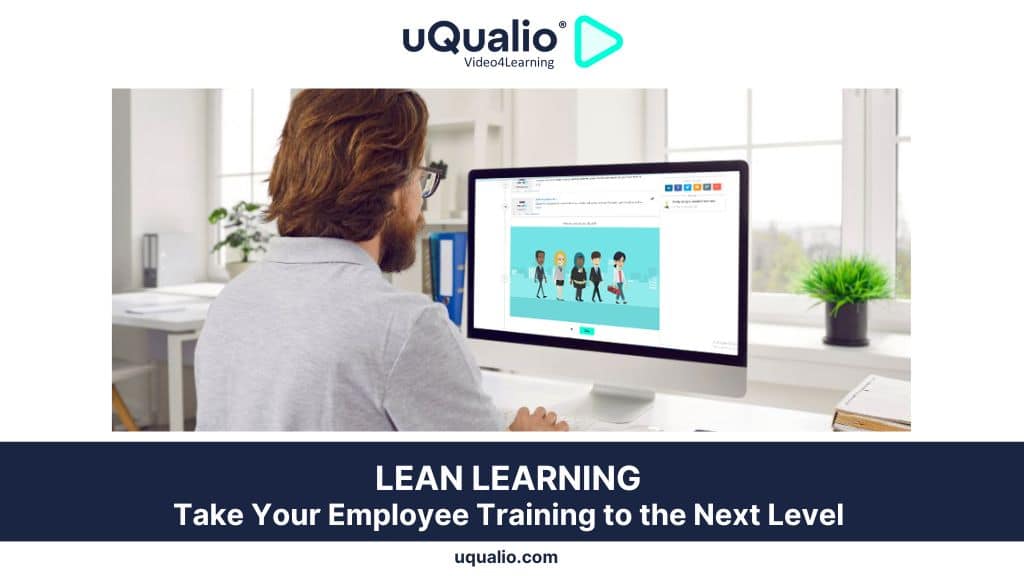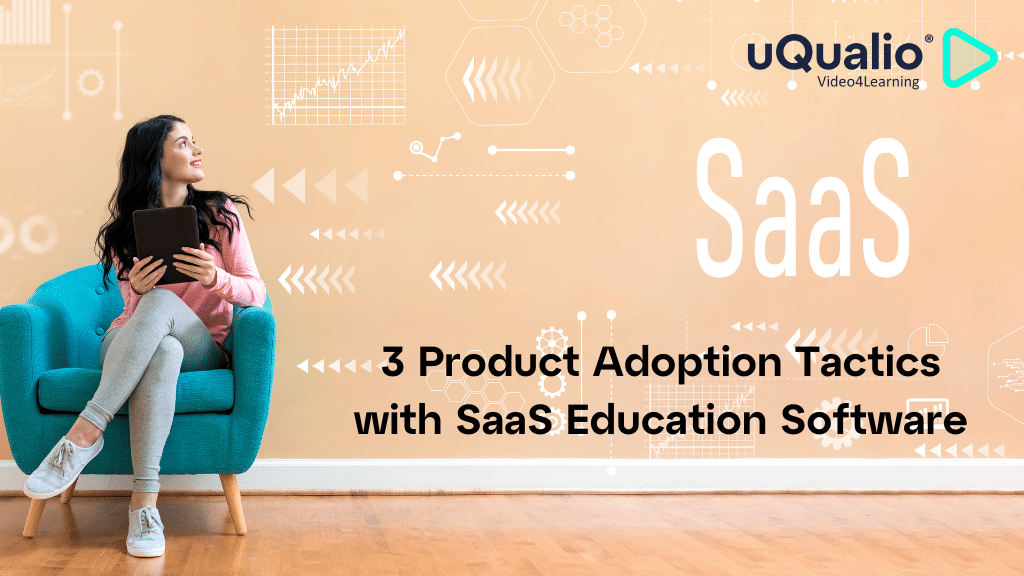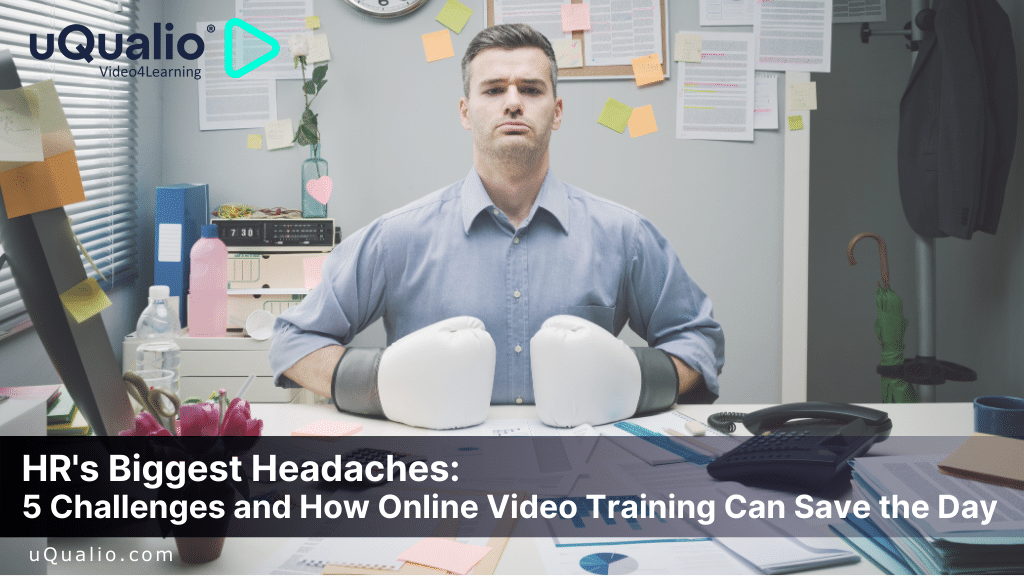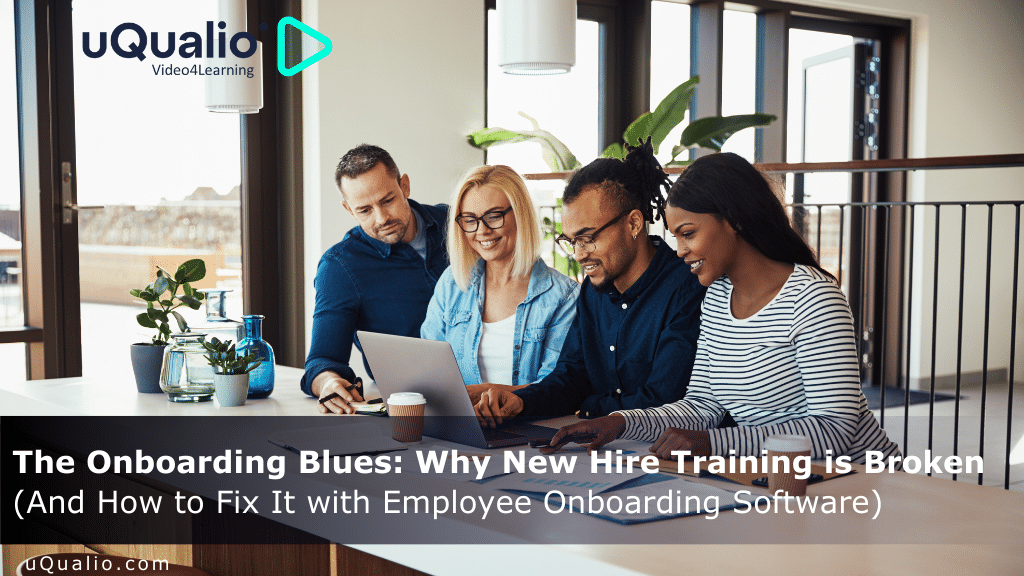Are your employees not learning what exactly they need to know at work? Is the training designed by your L&D department not aligned with your business goals? If so, know that you are not alone – but the good news is there are better alternatives to step-up your employee training game. One such approach is Lean Learning that is disrupting the corporate training world.
Organizations in every part of the world are shelling out millions of dollars on training. As per the 2022 Training Industry Report, the training expenditures in the U.S. alone were more than $100 billion USD in 2022. Superficially, this colossal investment might depict the U.S. companies’ commitment to workforce development, but recent research has a different story to tell. Here are some glaring stats:
- Only one-fourth of learners think that training could lead to measurable performance improvement.
- More than 80% of employees either do not engage with or are indifferent to the organization they work for.
- Around 70% of employees say that they have not mastered the skills required to do their day-to-day job at work.
- Just over 10% of learners think that they actually apply the skills they acquire through the training they receive.
Are Employees Learning What They Need and for the Right Reasons?
Even employees who get continuous learning often fail to retain the knowledge they learn. This is because they usually seek credits with promotion in mind. Moreover, the learning and development (L&D) department, in general, focuses mainly on key performance indicators (KPIs), like the credits earned by their employees, instead of assessing the actual impact of the training on the business. While it is always easier to measure, faulty incentives lead to faulty results, like:
- Employees learn at the wrong time because of the predefined L&D schedule, causing them to lose interest in the topic
- They are often forced to learn those concepts that are not relevant to their work
- They quickly forget what they learned, as they don’t apply that knowledge to their day-to-days tasks at work
A study on memory by German psychologist Hermann Ebbinghaus found that if people don’t apply any newly gained information, they tend to forget around three-fourths of it after six days.
The modern-day workforce seeks purpose and life-work balance. Instead of a boss, they want a mentor, who can leverage their strengths without highlighting their weaknesses, while allowing them to work with autonomy.
Since the fast-paced business environment of today requires companies and professionals to keep pace with the market trends, technology, and industry changes, employees need continuous learning. This fact is pushing L&D to transform into lean learning.
What Is Lean Learning and Why Is It Efficient?
Having its origin from Toyota’s Production System, lean learning is a skill-focused concept, which is based on three principles:
- Focus on customer-defined value
- Improve outcomes, and
- Reduce waste and unnecessary costs.
This will result in a shorter operation with lower costs and continuous improvement.
Here is a list of lean learning applications for you to consider that work for the majority of today’s organizations:
- Offering Microlearning: Create easily digestible, bite-size eLearning chunks on relevant topics, based on the employee’s immediate needs.
- Transforming Course Content into Just-in-Time, Real-Life Experiences: Offer employees quick opportunities to apply the newly gained knowledge through training to their day-to-day tasks at work. Keep in mind that every person has a unique need, so training should be made readily available for all. For instance, on the uQualio eLearning platform, a QR code can be added to any video content, which users can scan to access the content, just when they need it; for e.g., while using a product or operating a machine.
- Empowering Workforce to Create Content: People tend to learn while they teach. The easiest way to learn a topic or concept is by reaching other people and learning from their real-life experiences. Providing an individual with the responsibility to teach others will enhance the current understanding of a specific process or concept. Incentivizing your employees for honoring and sharing knowledge with others in the team will keep them happy, motivated, and engaged, resulting in their professional growth.
- Moving from Credits to Results: If you want to practice lean learning, start by defining potential outcomes and establish them as business goals to be sought, rather than simply earning credits.
Lean learning entails employing knowledge to generate value, and not just acquiring that knowledge.
Regardless of the lean learning approach you choose for your company, stick to the following cycle:
- Learn the fundamentals of what is needed to be learned
- Apply it to real-world situations at work
- Gather feedback
- Adjust your understanding, and
- Repeat
Final Words
Monitoring outcomes is an integral part of measuring success in L&D. Your L&D department can be either a boon or a bane for your organization. Being a corporate leader, you are required to understand what is working for you and what you need to change, while ensuring that your investment in L&D is paying off with measurable results.
Achieve Effective & Affordable Video Training
– uQualio is an award-winning, easy-to-use, all-in-one NextGen LMS software for any types of online video training.











